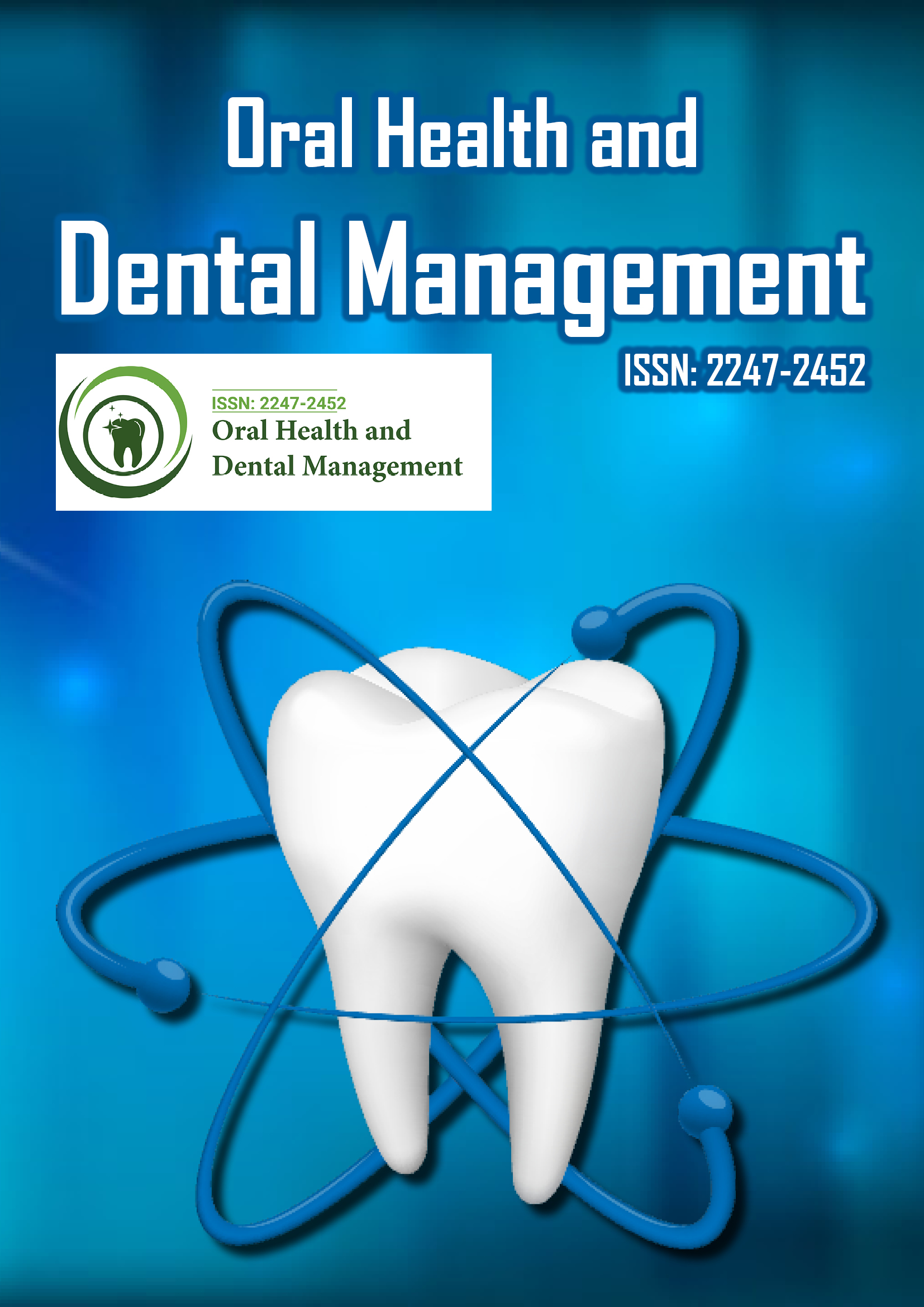Indexed In
- The Global Impact Factor (GIF)
- CiteFactor
- Electronic Journals Library
- RefSeek
- Hamdard University
- EBSCO A-Z
- Virtual Library of Biology (vifabio)
- International committee of medical journals editors (ICMJE)
- Google Scholar
Useful Links
Share This Page
Journal Flyer

Open Access Journals
- Agri and Aquaculture
- Biochemistry
- Bioinformatics & Systems Biology
- Business & Management
- Chemistry
- Clinical Sciences
- Engineering
- Food & Nutrition
- General Science
- Genetics & Molecular Biology
- Immunology & Microbiology
- Medical Sciences
- Neuroscience & Psychology
- Nursing & Health Care
- Pharmaceutical Sciences
Abstract
Effect of different fluoride concentrations on remineralization of demineralized enamel: an in vitro pH-cycling study
Ferda Dogan, Arzu Civelek, Inci Oktay
Objectives. The purpose of this study was to determine the effects of three different fluoride mouth rinses (226, 450 and 900 ppm) in comparison to non-fluoride application group (control group) on demineralized enamel under in vitro pH-cycling conditions.
Methods. Initial demineralization was obtained by acetic acid for 24 hours. After remineralization for 11.5 h, pH-cyclus was as follows: demineralization with acid solution for 30 min., application of NaF (control (0), 226, 450 and 900 ppm F-) for 2 min. and remineralization for 11.5 h. This procedure was applied twice. This 24-hour cycling application was repeated for 28 days. Vickers microhardness measurements were conducted at the beginning, after the initial demineralization and after 3, 7, 14 and 28 days pH-cycling applications.
Results. Remineralization begins after 14 days in all groups (Wilcoxon, p > 0.05). Only the group with 226 ppm fluoride reached the beginning microhardness (p > 0.05).
Conclusions. It was concluded that regular daily use of fluoride solutions with 226 ppm F- enhanced
remineralization in the pH-cyclus environment and reached the beginning microhardness.
Demineralization did not continue in any fluoride treatment group, even in the control group.
